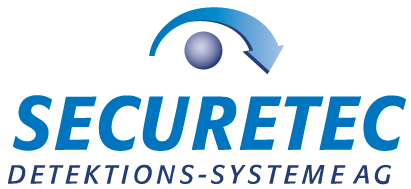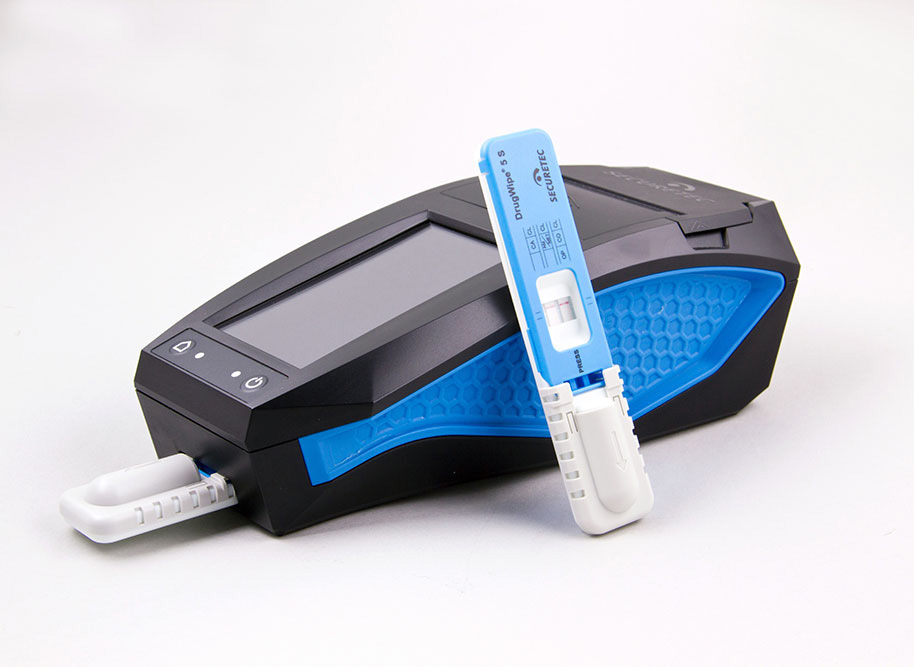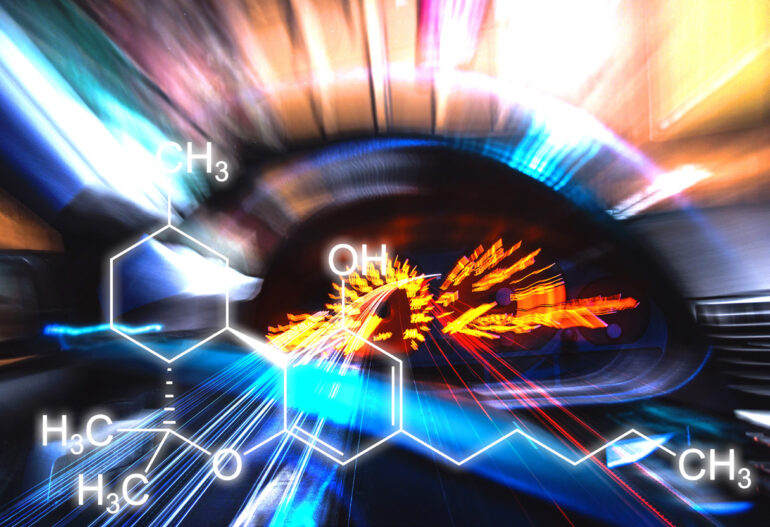
The grim reality of a legal high
HHC is still legal in many countries. It’s also easily purchased, promises an enjoyable high and, due its rapid spread, is causing alarm among authorities and governments. Of course, legal does not equal harmless, and users of HHC are at risk of negative and unpleasant side effects.
In December 2022, the European Monitoring Centre for Drugs and Drug Addiction (EMCDDA) held its first expert meeting on the subject of HHC. This was prompted by the identification of HHC in at least 13 EU Member States within a short space of time. At present, little official information about the drug is available. Instead, there are informal reports, and monitoring of Internet sales activities indicates that availability and consumption may be much higher than notified seizures would suggest. Suppliers of HHC like to advertise it as a “legal alternative to THC”. It is sold, for example, in the usual retail outlets and online shops, as well as in tobacconists, in 24‑hour supermarkets and on Amazon. This attracts an increasing number of young and inexperienced consumers.
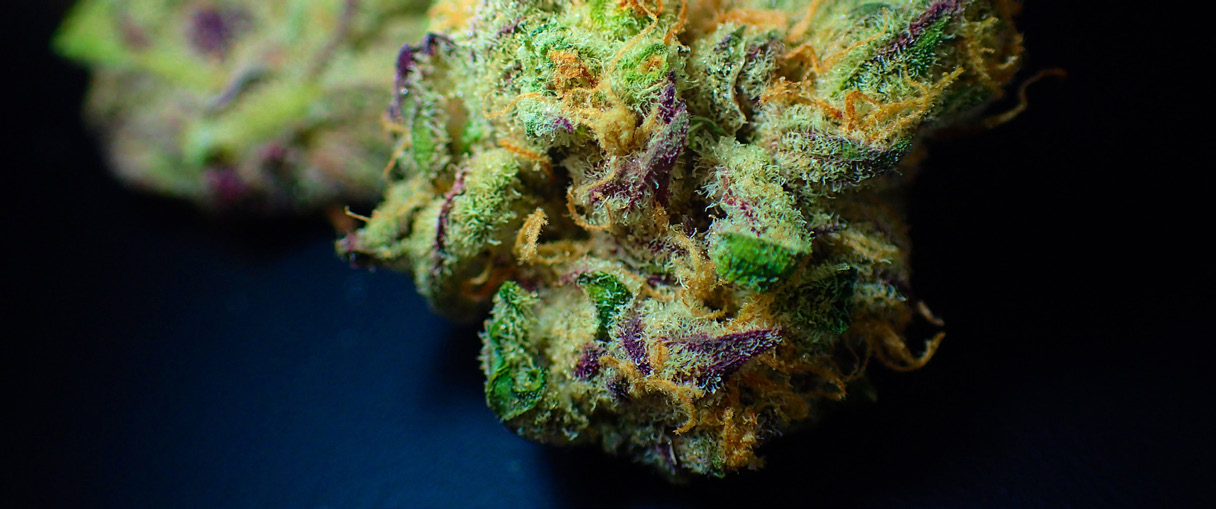
HHC is present in the hemp plant in very low quantities. Saleable quantities are usually semi-synthetic and produced using expensive laboratory techniques. The substances produced are also still legal in most parts of the world.
HHC’s “legal” status often conveys the false impression that it is harmless. In reality, the drug has many negative side effects, in addition to the fact that driving under the
influence of a drug is against the law, even if that drug is “legal”. While only a small number of laboratory studies of HHC have been conducted to date, the results indicate that the effects and side eff ects are similar to those associated with the use of THC. In addition, there has been no research into the damage that may be caused by the various heavy metal residues formed during the production process. Again and again, publicly posted user reports indicate that HHC causes many more bad trips than THC. This is because the drug is slow to take eff ect, which can lead users – especially those who are inexperienced – to take an extra dose. Experiencing a trip with an excessive dose of HHC quickly becomes very unpleasant indeed.
The legal situation
HHC can be manufactured in two diff erent ways, i.e., it can be extracted directly from the hemp plant or can be made synthetically from THC or CBD. This means that, unlike other new psychoactive substances (NPS), HHC is not entirely synthetic. If the substance is made directly from the plant, it normally falls within the remit of
narcotics legislation. However, HHC only exists naturally in very small quantities, and so it is very difficult to extract enough to satisfy market demands. For this reason, HHC products are normally made in a lab. In many countries, lab‑manufactured HHC is not currently prohibited by law but may be defined as an NPS. Some countries, such as Finland, Poland and Austria, have already done this and have banned HHC. Belgium and Hungary are also working on suitable regulations. Other countries like Germany, where HHC has not yet been made illegal, are discussing the question of whether a semi‑synthetic substance can be defi ned as an NPS. In the United States, HHC is regulated by the Farm Bill, which legalises hemp products containing a low level of THC. HHC is illegal in Switzerland, where it is listed as a controlled substance.
Across the globe, including in Germany, sellers, consumers and authorities alike assume that HHC will be made an illegal drug in future.

In addition to cannabis, DrugWipe© 5 S detects opiates, cocaine, amphetamines and methamphetamines – simply contact us, we’re always happy to help!
References:
Drogentest Wien, Wien, www.drogentest-wien.at; European Monitoring Centre for Drugs and Drug Addiction EMCDDA, Lissabon; LADR der Laborverbund Dr.
Kramer & Kollegen GbR, Geesthacht, www.ladr.de; IFHA Institut für Hanfanalytik, Wien, www.hanfanalytik.at; SRG SWI swissinfo, Bern, www.swissinfo.ch; Stadt Zürich Saferparty Streetwork, Zürich, www.saferparty.ch
